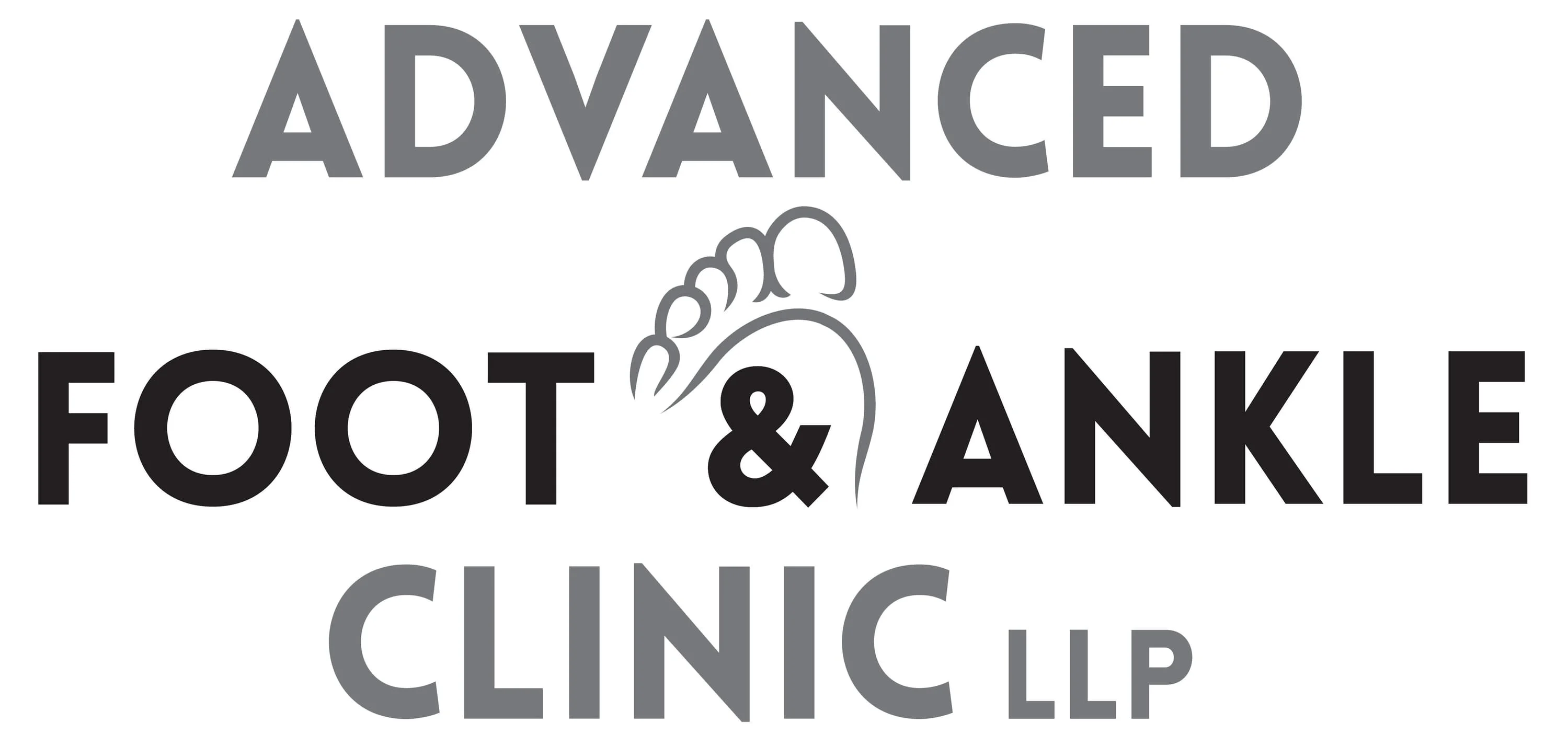What Causes Bunions?

- posted: Jan. 10, 2024
If you’ve ever heard of bunions, you know that they can be irritating to deal with and can cause complications when you’re trying to perform your daily activities. They can rub against the sides of your shoes and blisters can form. They can also become sore, and it might be difficult to walk without pain. Bunions are typically caused by a deformity in the structure of your foot, but there are ways to lessen the impact of your bunion before it fully develops. It’s important to understand if you have any risk of dealing with bunions and what can cause them. Dr. Alexander Tokarski and Dr. Barry Butler at Advanced Foot & Ankle Clinic in Owatonna, Faribault, and Waseca, MN, can explain what causes bunions and how you can manage your pain.
Understanding The Causes of Bunions
Bunions tend to form when there is a structural issue within your foot. This could mean that you have low arches or a very high arch. This impacts the structure of your foot and causes the bone deformity known as bunions. When you’re dealing with a structural issue, your foot will be at an incorrect angle, which causes the bone to protrude at the base of your big toe. While there isn’t a way to stop the growth of bunions without surgery, there are factors that could increase your risk of dealing with bunions that you can correct. Often, women are at a higher risk of dealing with bunions because of the shoes that are typically worn. It’s important that you wear shoes that have lots of space in the toes so that they aren’t cramped within your shoe.
You may also want to consider wearing orthotics to get the extra support that your feet may need. This can also help decrease any general pain that you may experience in your feet because of structural issues. Your podiatrist in Owatonna, Faribault, and Waseca, MN, can help determine if you might deal with bunions in the future and how you can manage any pain that you might experience.
Typically, conservative methods are the first choice. You can ice your feet, take anti-inflammatory medication, and tape your bunions to help with inflammation and add stability. You can also wear padding over your bunions to prevent any rubbing and friction that might occur. In severe cases, you may need surgery to remove the bunions and correct issues within your feet.
Contact Our Podiatrist Today
Contact Dr. Alexander Tokarski and Dr. Barry Butler at Advanced Foot & Ankle Clinic in Owatonna, Faribault, and Waseca, MN, to learn more about bunions. Call (507) 451-5950 for Owatonna, MN, and (507) 835-1210 for Faribault and Waseca, MN.

- posted: Jan. 10, 2024
If you’ve ever heard of bunions, you know that they can be irritating to deal with and can cause complications when you’re trying to perform your daily activities. They can rub against the sides of your shoes and blisters can form. They can also become sore, and it might be difficult to walk without pain. Bunions are typically caused by a deformity in the structure of your foot, but there are ways to lessen the impact of your bunion before it fully develops. It’s important to understand if you have any risk of dealing with bunions and what can cause them. Dr. Alexander Tokarski and Dr. Barry Butler at Advanced Foot & Ankle Clinic in Owatonna, Faribault, and Waseca, MN, can explain what causes bunions and how you can manage your pain.
Understanding The Causes of Bunions
Bunions tend to form when there is a structural issue within your foot. This could mean that you have low arches or a very high arch. This impacts the structure of your foot and causes the bone deformity known as bunions. When you’re dealing with a structural issue, your foot will be at an incorrect angle, which causes the bone to protrude at the base of your big toe. While there isn’t a way to stop the growth of bunions without surgery, there are factors that could increase your risk of dealing with bunions that you can correct. Often, women are at a higher risk of dealing with bunions because of the shoes that are typically worn. It’s important that you wear shoes that have lots of space in the toes so that they aren’t cramped within your shoe.
You may also want to consider wearing orthotics to get the extra support that your feet may need. This can also help decrease any general pain that you may experience in your feet because of structural issues. Your podiatrist in Owatonna, Faribault, and Waseca, MN, can help determine if you might deal with bunions in the future and how you can manage any pain that you might experience.
Typically, conservative methods are the first choice. You can ice your feet, take anti-inflammatory medication, and tape your bunions to help with inflammation and add stability. You can also wear padding over your bunions to prevent any rubbing and friction that might occur. In severe cases, you may need surgery to remove the bunions and correct issues within your feet.
Contact Our Podiatrist Today
Contact Dr. Alexander Tokarski and Dr. Barry Butler at Advanced Foot & Ankle Clinic in Owatonna, Faribault, and Waseca, MN, to learn more about bunions. Call (507) 451-5950 for Owatonna, MN, and (507) 835-1210 for Faribault and Waseca, MN.
